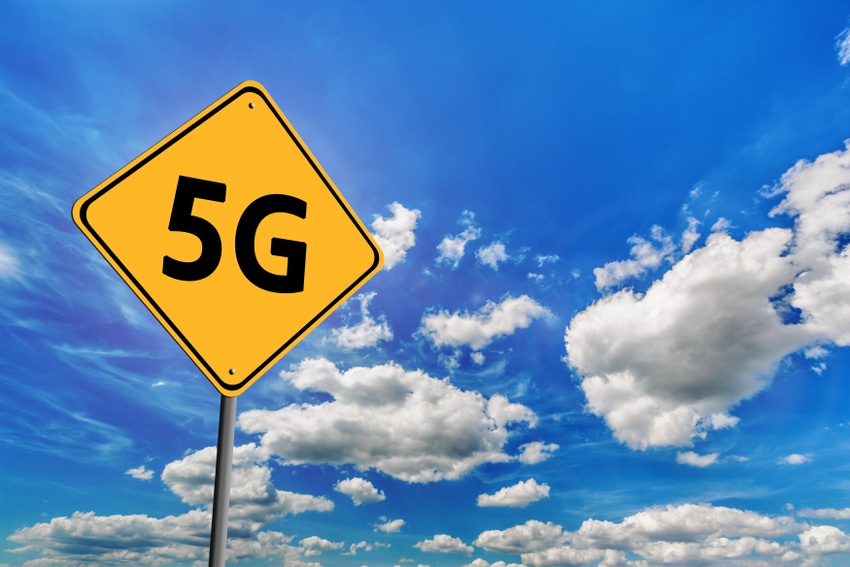As the telco industry takes on its fifth-generation network, using a particularly sensitive high-spectrum signal, and capacity as well as coverage demands skyrocket, providers face new complex challenges.
September 13, 2018

Telecoms.com periodically invites expert third parties to share their views on the industry’s most pressing issues. In this piece Kreg Barrett, Director, Business Development, DigitalGlobeoutlines how geospatial data can be used to address some 5G challenges.
As the telco industry takes on its fifth-generation network, using a particularly sensitive high-spectrum signal, and capacity as well as coverage demands skyrocket, providers face new complex challenges. This article outlines how geospatial data can be used to address these emerging challenges.
#1: Advanced Wireless Network Planning
Just a few years ago, 5G felt like a buzzword or something visionary. But it’s real and it’s here with a number of new challenges for network planners:
High frequency spectrum (microwave, mmWave, etc)
Small cells, everywhere
IoT (Smart Cities / Remote Surgery / Autonomous Vehicles)
Fixed wireless broadband
Network density
The list could certainly go on. But from a wireless network planning perspective, what does this really mean?
It means learning a new technology and modelling more nodes with greater precision. Planning for 5G requires a new approach: instead of models built for macro cell saturation across large areas, new small cell models are composed street by street, block by block. It means a new emphasis on geodata.
With the expansion of the Earth imaging market, there are now more ways to access geodata. Some organizations are choosing to acquire ready-to-use geodata while others are spinning up R&D efforts to build their own custom datasets. While the latter approach is more difficult and resource intensive, it promises unique datasets to support unique modelling methodologies, resulting in competitive differentiation.
#2: Infrastructure Planning / Construction Engineering
Whether you are looking at laying new fiber or placing wireless infrastructure, rapid urban growth is only making it more difficult to determine optimal placement (physical restrictions, right-of-way issues, etc.).
Adapting quickly to these issues is critical to staying competitive. GIS teams need access to current, accurate geospatial information for reliable analysis and modelling.
#3: IoT Solutions
The concept (and success) of IoT relies on a functioning, high-speed wireless network. Everything hinges on telco to provide the coverage and capacity to support smart devices, smart farms, and smart cities. But beyond capacity are the elements of data aggregation, analysis, and display (UI) of each IoT solution. What is the geospatial component to this challenge? Location and placement of the sensors that support these solutions.
Take it a step further and there is the greater challenge of remote sensing, like crop analysis from space. Geological or material classification and other sorts of parameters need to be conflated with sensor data, all sorted by location.
Accurate geospatial information is necessary to validate and visualize how these systems will operate and be optimized as environments change. Establishing an ecosystem of geospatial and remote sensing resources, data processing, and analysis support partners may be the most cost-effective way to access the information needed plus streamline testing and implementation.
Discuss your network challenges and how geospatial data can make a difference with DigitalGlobe geodata experts at 5G Asia 2018, 18 – 20 September in Singapore. Find out more about the event.
Read more about:
DiscussionAbout the Author(s)
You May Also Like







.png?width=300&auto=webp&quality=80&disable=upscale)

.png?width=300&auto=webp&quality=80&disable=upscale)
_1.jpg?width=300&auto=webp&quality=80&disable=upscale)



.png?width=800&auto=webp&quality=80&disable=upscale)